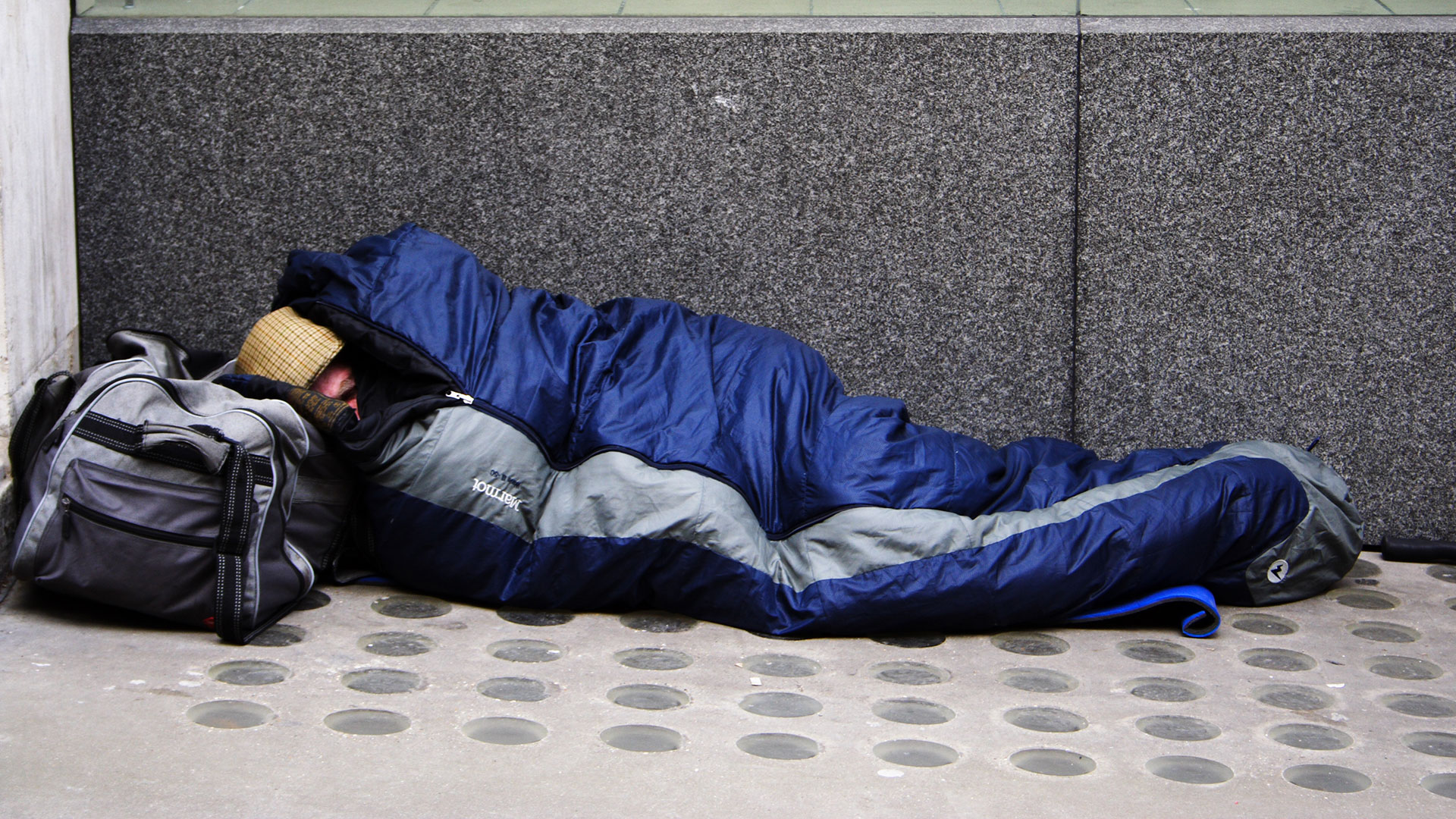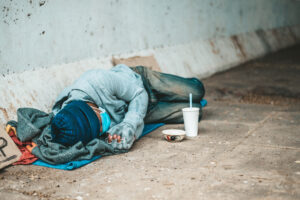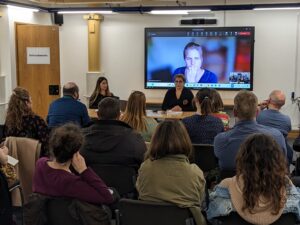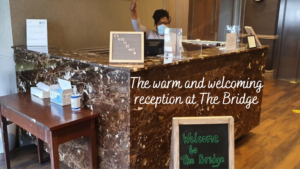
Image credit: Alexander Baxevanis/Flickr
Today the government published the annual statistics on rough sleeping in England. This contained some good news: the estimates of the number of people sleeping rough on a single night in November is down 9% on the previous year and 49% down compared to 2017.
Below the headline, progress has been made in lots of areas, including in Westminster, where the autumn count was 23% lower than the previous year.
These stats are always debated by commentators. Some point to the fact that the national figure aggregates a mix of street counts and intelligence-led estimates. Others highlight how these figures do not give an idea of the number of people who experience rough sleeping over a year (in London we have a better idea of this number through the GLA’s CHAIN reports). Or that rough sleeping is the tip of a ‘homelessness iceberg’, with thousands in temporary accommodation or sofa surfing.
I have long argued that despite its limitations, the count methodology does give an invaluable indication of the relative level of rough sleeping over time and between areas. So we can know, as the release makes clear, that rough sleeping remains 38% higher than it was in 2010, when the revised methodology was brought in.
In Westminster, outreach teams carry out regular intelligence street counts throughout the year, so we always have a good idea of the number of people sleeping rough.
The important message from these figures is that the measures being taken by the government, local authorities and their local partners are working. They show that with political commitment and investment, we can bring down the numbers on the streets. More will be needed to keep up momentum, and so the government’s commitment to a three-year funding deal is welcome.
But there is a third essential ingredient: partnership. By this I mean councils, charities and communities working together. Rough sleeping is a complex issue and there are no easy answers. One solution does not fit all, and people face a diversity of needs and circumstances. In Westminster, huge efforts are made day and night by charities commissioned by the city council to reach out to people on the streets and to move them into and on from accommodation. NHS teams, drug and alcohol workers and specialist migration workers are all part of the joint effort. Once a person moves off the street, years of work – invisible to the public – goes into helping them get their lives back on track, so their vulnerabilities do not lead them back to the streets in future.
These challenges were discussed at recent meetings where Westminster City Council consulted the members of the Westminster Homelessness Partnership (WHP) ahead of their submission for funding under the government’s rough sleeping initiative. This funding will be crucial. It will enable the council and providers to enhance their efforts to get people off the streets while increasing the focus on preventing people ending up there in the first place.
As I read over todays stats, I stopped to think about the individuals that they represent. Near where I live, a woman who had slept rough for several years had died recently. She had apparently refused many attempts to persuade her to come in. But I can’t help wondering if there was more that could have been done, perhaps finding someone to work with her who had a better understanding of her cultural background or spoke her mother tongue.
As the number of people living on the streets comes down, we hope the number of people who die while homeless will reduce too.
So todays stats are welcome. But until rough sleeping is very rare, very brief and never repeated, we must keep working to do better.



